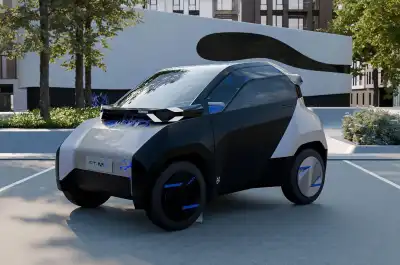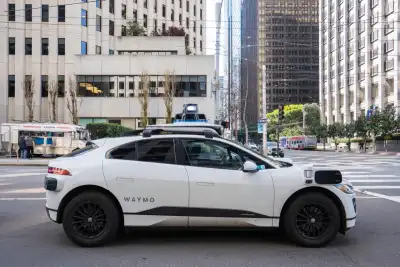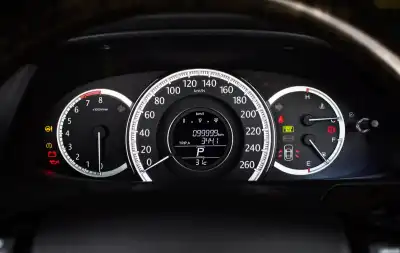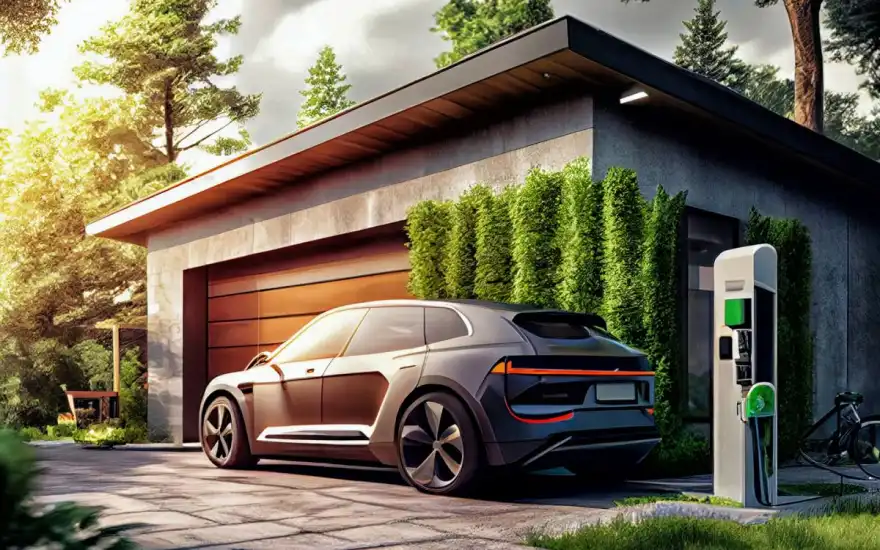
Bi-directional charging for electric vehicles might sound like a complex term, but it essentially allows you to use your car's high-voltage battery to power other devices. Imagine being able to run an electric mower at your allotment, keep a portable fridge running while camping, or charge your laptop on the go, all powered by your electric car. This feature also lets you set a minimum battery charge level to ensure you always have enough juice to get home.
However, the term "bi-directional charging" isn't limited to just these functions. It often refers to electric cars that can also send power back into your home or the power grid. This capability, known as Vehicle-to-Grid (V2G), is particularly valuable for stabilising the grid during peak demand times. By allowing electric cars to feed electricity back into the grid when needed, they can help balance demand and supply.
Vehicle-to-Home (V2H)
This is where your car's battery can power your home, especially useful during peak times or for storing solar energy. Some electric cars also offer Vehicle-to-Load (V2L), enabling you to power external devices or even charge another electric car using your vehicle's battery pack. However, it's important to note that the charging rate for V2L is relatively slow compared to traditional charging methods.
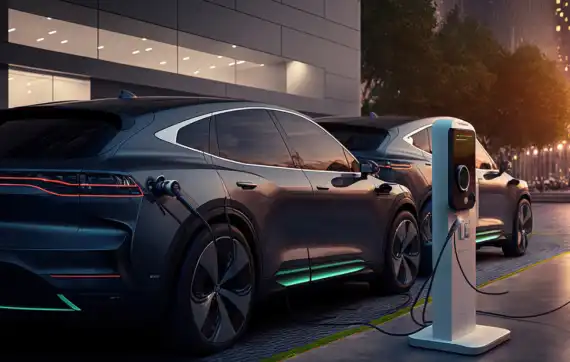
While these features offer exciting possibilities for energy management and sustainability, widespread adoption is hindered by the availability of bi-directional chargers and regulatory hurdles. Nevertheless, as technology advances and regulations evolve, bi-directional charging could play a significant role in shaping the future of electric mobility and energy distribution.
Vehicle-to-device (V2D)
Is essentially synonymous with vehicle-to-load (V2L), as explained earlier. It involves using your electric vehicle to power external devices, like mowers or tools.
Vehicle-to-vehicle (V2V) simply means using one electric car equipped with V2L to charge another electric vehicle, as discussed previously.
Vehicle-to-X (V2X) is a broader term describing how vehicles, electric or not, can wirelessly communicate with other entities. This communication, such as updating navigation with real-time traffic data, isn't related to charging and shouldn't cause confusion among acronyms.
Which cars have bi-directional charging?
Several manufacturers, including Volkswagen, Cupra, Nissan, Kia, Hyundai, and BYD, offer cars with bi-directional charging capabilities. Trials have shown success in supporting vehicle-to-home and vehicle-to-grid charging.
When will bi-directional charging be available in the UK?
As for when bi-directional charging will be widely available in the UK, there's no definitive timeline. While the technology exists, establishing regulations and ensuring affordability are ongoing processes. Nevertheless, bi-directional charging holds promise for various applications, from powering homes to supporting the grid, and it's expected to become more accessible to electric car drivers in the future.

